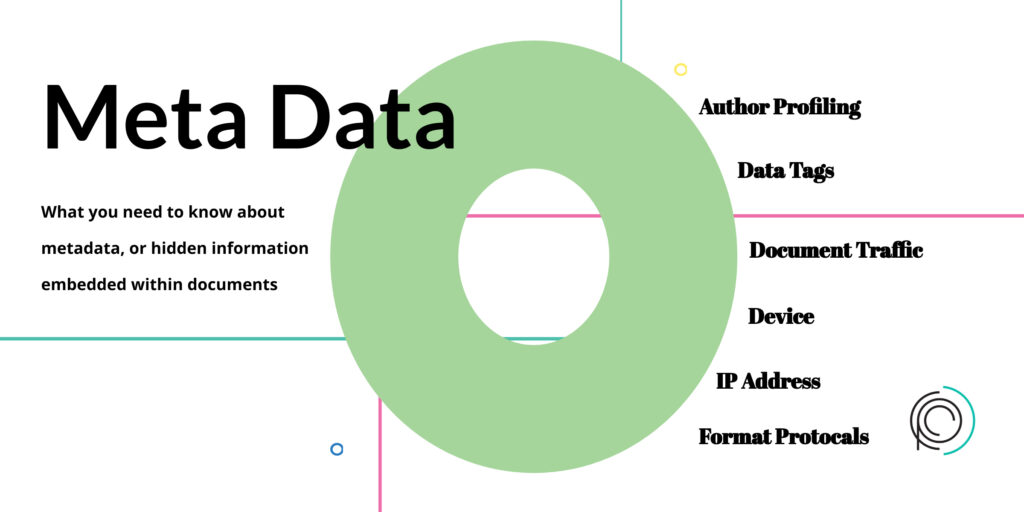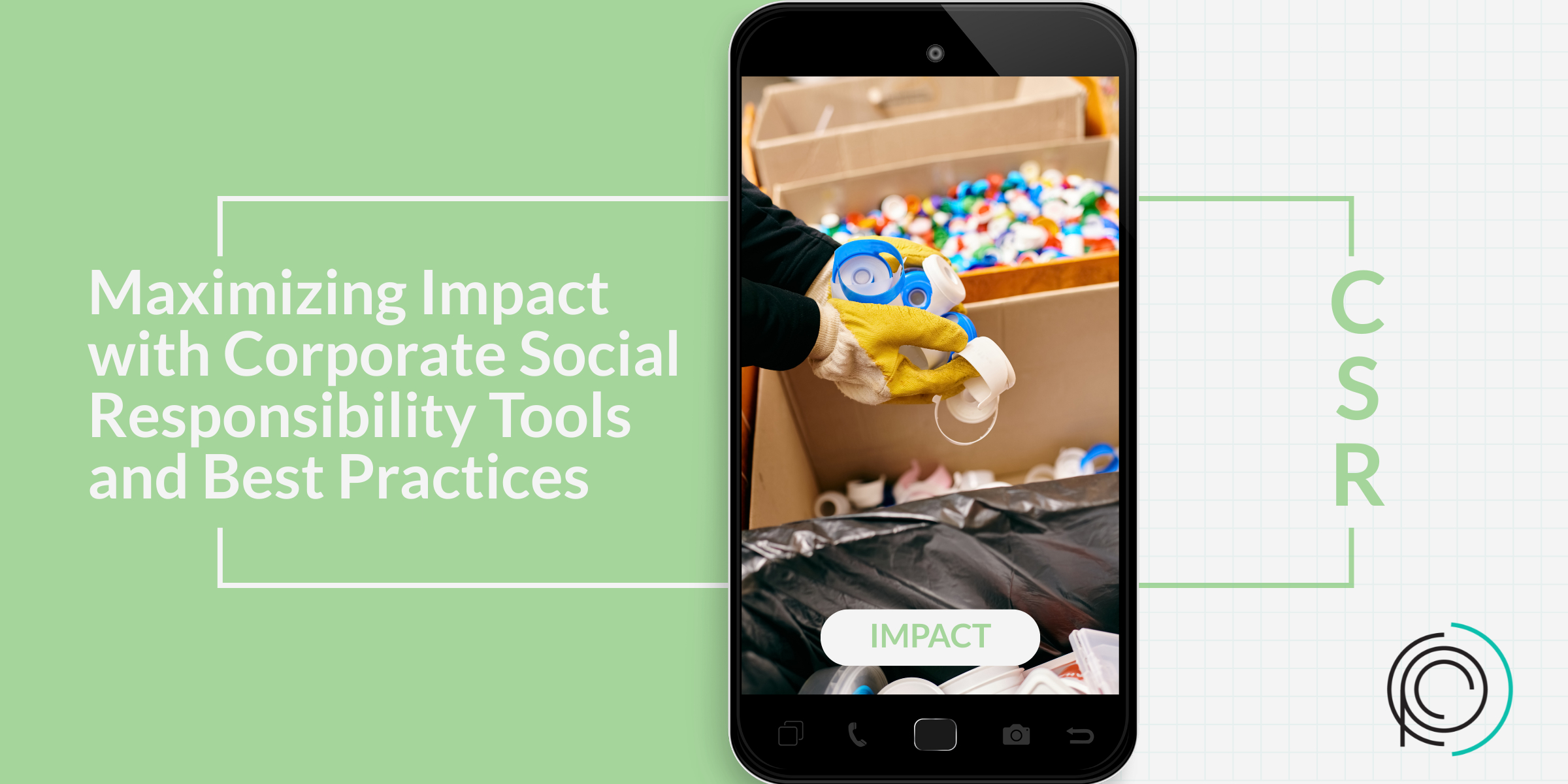An overview of metadata in document sharing
Document sharing and collaboration have become essential components in conducting and collaborating with people across the globe. However, one important step that many organizations tend to overlook is metadata scrubbing. It’s one of those elements to creating and sharing documents that you may not, until now, have ever given a second thought to.
Metadata, or hidden information embedded within documents, can contain sensitive or confidential information that should not be shared externally. Neglecting to remove this metadata can lead to unintended data breaches and compromised business operations.
In this article, we will explore the importance of scrubbing metadata and discuss best practices for ensuring the security and integrity of shared documents.
Risks and consequences of not scrubbing metadata
Neglecting to scrub metadata from shared documents can have serious consequences for businesses. The risks involved are not to be taken lightly. Here are some of the potential consequences that can arise:
- Data breaches: Metadata can contain sensitive information such as author names, revision history, and hidden comments. If this information falls into the wrong hands, it can compromise the security of your organization’s confidential data.
Data breaches pose a significant threat to the security and confidentiality of organizations’ sensitive information. Metadata can be a potential goldmine for hackers, as it often contains valuable details such as author names, revision history, and hidden comments. While these pieces of information may seem innocuous on their own, when combined, they can provide a wealth of knowledge about an organization’s internal workings and potentially compromise its confidential data. Whether intentionally leaked or accidentally exposed, if this metadata falls into the wrong hands, the consequences can be dire. Unauthorized access to such information can serve as a steppingstone for cybercriminals to gain deeper access to an organization’s systems, potentially leading to further data breaches or even financial losses. Therefore, organizations must prioritize protecting their metadata as diligently as they do for other critical assets to safeguard their confidential data and maintain their integrity in an increasingly interconnected world.
- Legal implications: Respecting and safeguarding sensitive information is of utmost importance in today’s digital era, especially in industries like healthcare and finance. These sectors are bound by stringent regulations that dictate how confidential data should be handled and shared. Neglecting to properly sanitize metadata before disseminating such information can result in serious legal repercussions. Non-compliance could lead to violations, penalties, and even lawsuits. Therefore, organizations operating in these industries must make data privacy a priority and invest in robust measures to thoroughly eliminate any potentially identifying information from documents and files. By doing so, they not only protect themselves legally but also maintain the trust and confidence of their clients and stakeholders. Ensuring compliance with data privacy regulations should be a topmost concern for any business operating in industries where sensitive information is at stake.
- Reputational damage: A data breach or leak due to unscrubbed metadata can damage your organization’s reputation and erode customer trust. This can lead to loss of business opportunities and financial repercussions.
Unscrubbed metadata can unknowingly become a ticking time bomb for organizations, as it poses various risks that can have far-reaching consequences. One such risk is reputational damage, which can have a significant impact on an organization. When a data breach or leak occurs due to unscrubbed metadata, it not only exposes sensitive information but also undermines the trust customers have placed in the organization. Such breaches can tarnish the reputation of the company, making it difficult to regain the confidence of both existing and potential customers. As word spreads about the breach, the negative perception surrounding the organization may deter clients from conducting business with them, leading to a tangible loss of business opportunities. Furthermore, the financial repercussions of reputational damage can be severe, as revenue decreases and expenses rise to repair the tarnished image. Therefore, it is crucial for organizations to prioritize metadata scrubbing as a fundamental step in protecting their reputation and maintaining customer trust.
Best practices for scrubbing metadata
Now that we understand the potential consequences of neglecting to scrub metadata from shared documents, it’s crucial to implement best practices to ensure the security and integrity of your organization’s sensitive information.
Here are a few recommended steps for effectively scrubbing metadata:
- Prioritize automated tools: Manual scrubbing can be time-consuming and prone to human error. Invest in automated metadata removal tools that can efficiently scan and remove sensitive information from documents in bulk. These tools can help streamline the scrubbing process and minimize the risk of oversight.
- Establish a standardized procedure: Implement a clear and documented procedure for scrubbing metadata before sharing documents. This ensures consistency and helps employees adhere to the necessary steps. Make sure this procedure includes thorough testing and verification to confirm the successful removal of all metadata.
- Educate employees: Training employees on the importance of metadata scrubbing and providing guidelines for handling sensitive information is essential. By educating your team, they can play an active role in maintaining data security and understanding the potential risks associated with negligence.
- Regularly review and update policies: Technology and regulations are constantly evolving. Regularly review your organization’s policies regarding document sharing and metadata scrubbing to keep them up to date with best practices and compliance requirements.
By following these best practices, you can significantly reduce the risk of data breaches, legal implications, and reputational damage.
Tools and software for efficient metadata scrubbing
4 Tools and Software for Efficient Meta Data Scrubbing
To effectively scrub metadata from shared documents, it is crucial to utilize the right tools and software that can streamline the process and ensure accuracy. Here are some recommended tools and software options:
- Metadata removal plugins: Many popular document editing software, such as Microsoft Office and Adobe Acrobat, offer built-in options to remove metadata. These plugins can automatically scan and remove sensitive information before sharing the document.
- Online metadata scrubbing services: There are several online services available that offer automated metadata scrubbing. These platforms allow you to upload your documents, scan them for metadata, and securely remove any sensitive information.
- Data loss prevention (DLP) software: DLP software is designed to monitor and protect sensitive data within an organization. These tools can often include metadata scrubbing features, allowing you to automatically remove sensitive information from documents before they are shared.
- Document management solutions: Many document management solutions come with integrated metadata scrubbing features. These tools not only help organize and store documents but also ensure that sensitive information is removed before sharing or publishing.
By utilizing these tools and software options, you can further streamline the metadata scrubbing process, increase efficiency, and minimize the risk of overlooking sensitive information.
The role of metadata in ensuring document security
Metadata plays a critical role in ensuring document security by providing valuable insights into the history and origin of a document. It includes information such as the author’s name, creation date, and edits made to the document. While this information can be useful for internal purposes, it can also pose a risk when sharing documents externally.
One of the main challenges in maintaining document security is the potential exposure of sensitive information through metadata. For example, if a document is shared with a client or a business partner, it may inadvertently reveal confidential information that was not intended for their eyes. This can lead to reputational damage, legal implications, and loss of trust.
By scrubbing metadata, you can safeguard sensitive information and protect the integrity of your documents. Removing metadata minimizes the risk of unintended data leaks and ensures that only the necessary information is disclosed to recipients.
Compliance considerations for industries with sensitive information
Compliance considerations for industries with sensitive information
In certain industries, such as finance, healthcare, and legal, there are specific regulations and standards in place to protect sensitive information. These regulations often require organizations to take extra precautions when it comes to document sharing and metadata scrubbing.
For example, the Health Insurance Portability and Accountability Act (HIPAA) mandates that healthcare organizations must protect patient information and prevent unauthorized access. Similarly, the Payment Card Industry Data Security Standard (PCI DSS) requires businesses that handle credit card data to employ strict data protection measures.
When sharing documents in these industries, it is essential to understand the compliance requirements and ensure that metadata is thoroughly scrubbed. Failure to comply with these regulations can result in severe consequences, including hefty fines and legal action.
Implementing a thorough metadata scrubbing process
In conclusion, implementing a thorough metadata scrubbing process is crucial for organizations in industries with sensitive information. Compliance with regulations such as HIPAA and PCI DSS is not optional – it is a legal and moral obligation to protect the data entrusted to us.
By understanding the specific compliance considerations for different industries, organizations can take proactive steps to ensure document security. This includes regularly reviewing and updating metadata scrubbing procedures, training employees on best practices, and implementing robust security measures throughout the document-sharing process.
Investing the time and resources into a comprehensive metadata scrubbing process not only helps maintain compliance but also safeguards the reputation and trust of the organization. If you would like to discuss how we can help you better secure your document sharing systems, connect with one of our consultants today.







